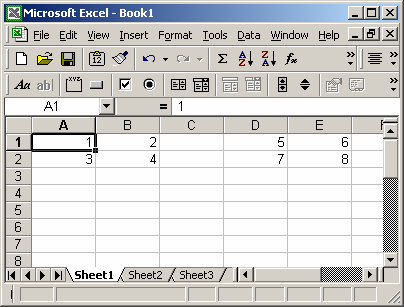
MS Excel: How to use the SUMSQ Function (WS)
This Excel tutorial explains how to use the Excel SUMSQ function with syntax and examples.
Description
The Microsoft Excel SUMSQ function returns the sum of the squares of a series of values.
The SUMSQ function is a built-in function in Excel that is categorized as a Math/Trig Function. It can be used as a worksheet function (WS) in Excel. As a worksheet function, the SUMSQ function can be entered as part of a formula in a cell of a worksheet.
Syntax
The syntax for the SUMSQ function in Microsoft Excel is:
SUMSQ( value1, [value2, ... value_n] )
Parameters or Arguments
- value1, value2, ... value_n
- A series of numeric values that are to be squared and then summed together. There can be up to 30 values.
Returns
The SUMSQ function returns a numeric value.
Applies To
- Excel for Office 365, Excel 2019, Excel 2016, Excel 2013, Excel 2011 for Mac, Excel 2010, Excel 2007, Excel 2003, Excel XP, Excel 2000
Type of Function
- Worksheet function (WS)
Example (as Worksheet Function)
Let's look at some Excel SUMSQ function examples and explore how to use the SUMSQ function as a worksheet function in Microsoft Excel:

Based on the Excel spreadsheet above, the following SUMSQ examples would return:
=SUMSQ(A1:A2) Result: 10 =SUMSQ(A1:A2, B1:B2) Result: 30 =SUMSQ(3, D1:D2) Result: 83 =SUMSQ(1, 2, 3) Result: 14
Advertisements



